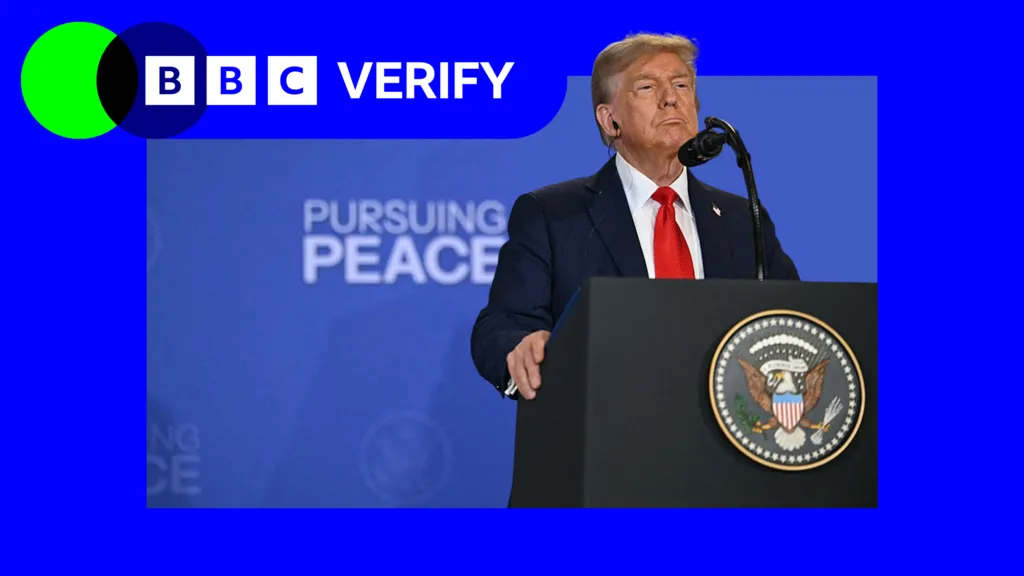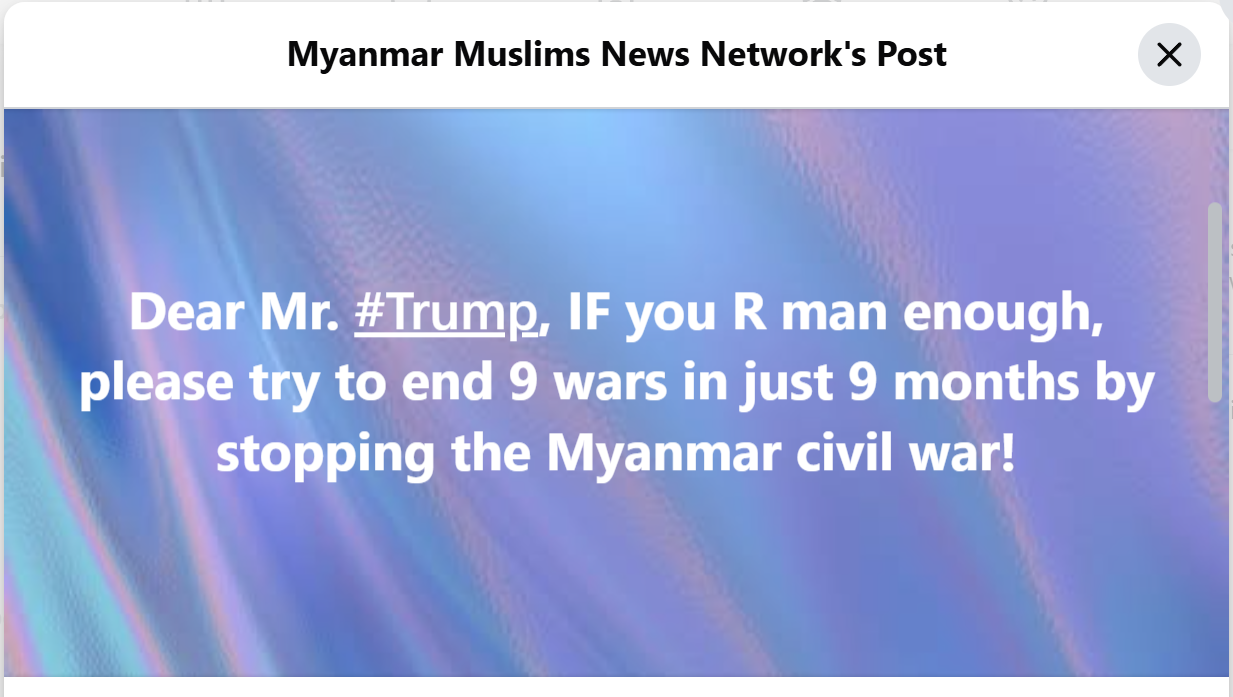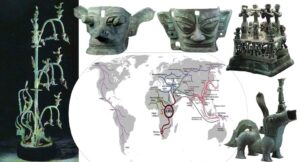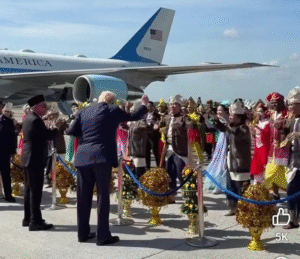Dr Ko Ko Gyi @ Abdul Rahman Zafrudin
ASEAN’s Handling of the Myanmar Crisis: A Review of Regional Stability and Humanitarian Urgency
At the recent ASEAN–U.S. Summit, U.S. President Donald Trump prominently praised and oversaw the ceasefire agreement between Thailand and Cambodia, a conflict that had resulted in dozens of deaths along their shared border. This gesture sparked criticism among regional observers and the Myanmar public, highlighting US and ASEAN’s priorities, capabilities, and policy constraints in addressing humanitarian crises—particularly the ongoing civil war in Myanmar, which has affected millions.
ASEAN’s Myanmar peace efforts remain stalled, and only strategic leverage—like tariffs and rare earths—might ignite real movement, especially if Trump’s agenda aligns with a ceasefire push.
The recent ASEAN summit once again echoed the hollow refrain of the Five-Point Consensus, a diplomatic chant that has become a broken record. Despite repeated declarations, the junta in Myanmar remains unmoved, and the humanitarian crisis deepens. The international community—UN, US, EU—has largely retreated into rhetorical support, unwilling to invest resources where profit is uncertain. As one Myanmar teaching warns, “It is like trying to squeeze the cow’s horns, hoping to get milk.”
ASEAN should just apply on the brake pedal on CHINA and PUSH the “TRUMP” button, to ignite Myanmar CEASE FIRE and PEACE.
That pressure lies in tariffs and rare earths—two economic levers with global resonance. Rare earths, essential for electronics and defense, are a strategic asset. Tariffs, especially those negotiated with the US, can be wielded to incentivize or penalize behavior. During the summit, ASEAN leaders agreed that tariff deals with Washington should not harm member economies—but what if they could be used to help Myanmar’s peace?
Here’s where Trump’s agenda could be pivotal. Known for transactional diplomacy and economic leverage, Trump might be persuaded to link trade incentives to China with Myanmar ceasefire conditions. If ASEAN can push the “Trump button”—appealing to his strategic instincts and economic interests—there’s a chance to ignite real movement.
But fuel is needed. That fuel is coordinated economic pressure, not just from ASEAN but from global partners. Tariffs targeting junta-linked industries, restrictions on rare earth exports, and conditional trade benefits could form the petrol for peace.
In short, ASEAN must stop chanting and start driving. The car won’t start without ignition, and ignition won’t happen without pressure. Tariffs and rare earths are the tools. Trump might be the spark. But ASEAN must first decide: does it want to move, or just keep pressing the accelerator in park?
President Trump has claimed that he has “ended 8 wars in just 8 months” in a social media post with the title “the president of peace”.

His latest addition to his list of wars “ended” is the two-year conflict between Israel and Hamas.
The other seven were between Israel and Iran, Pakistan and India, Rwanda and the Democratic Republic of Congo, Thailand and Cambodia, Armenia and Azerbaijan, Egypt and Ethiopia, and Serbia and Kosovo.
A number of these conflicts lasted just days, although they were the result of long-standing tensions – and one of them had no fighting to end.
It is also unclear whether some of the peace agreements will last.
BBC Verify has taken a closer look at the conflicts and how much credit the president can take for ending them.
Please kindly read these:





